This year I’ve divided my time almost equally between the three parts of the world I hold most dear. Many of you have been asking me where I think is ‘home’. I am no longer sure of the place but wherever I maybe, I am and always will be an English girl and proud to be so. And so as the year dwindles to an end during this magical Christmas season it is perhaps appropriate that my last post for 2017 is from England. As you all know I love history, exploring ruins, palaces, villages perched, châteaux, churches and cathedrals to discover their stories. Whilst still in England earlier this month, on an ordinary Wednesday, standing in front of Salisbury Cathedral, little did I know what extraordinary ‘trouble’ my curiosity was going to led me into!

Salisbury Cathedral was built within site of Sarum, an iron age settlement dating to the 1st century B.C.

Following the 1066 Norman invasion of England, William the Conqueror built a castle and then a cathedral at Sarum which was completed in 1092.

Sarum was abandoned when a new cathedral was built in 1220 soaring 123 meters high above the city that grew up around it, Salisbury. Almost entirely Early English Gothic this resplendent place of worship took just thirty eight years to build using about 2,800 tons of oak, 420 tons of lead and 60,000 tons of local limestone from Chilmark and Tisbury about ten miles away.

The original cathedral, completed in 1258, did not have its famous landmark spire. The spire, Britain’s tallest, was added between 1315 and 1330 to help make the cathedral more easy to locate for the hundreds of visiting pilgrims upon whose revenue the cathedral depended upon.

Stepping across the cathedral’s threshold I was immediately enveloped within its serenity and architectural wonder. Speechless I gazed above me thinking about all the millions who, over its 750 year history, had stood marveling at this seemingly miraculous construction, pondering all the revelations it could share.
The first being that Salisbury Cathedral is home to what is believed to be the world’s oldest clock. Dating back to 1386, without hands or a face, it is powered by weights and told the time by the chiming of its bell. Commissioned in the 14th century it was originally installed in the bell tower between the cathedral and the city gate. When the tower was demolished in the late 1700’s it was moved to the Cathedral tower until 1884 when it was replaced. In 1929 it was moved into the cathedral and restored in 1956.

Standing amongst the pews and gazing up at the cathedral’s towering arches the magnificence of this place of worship was awe inspiring.
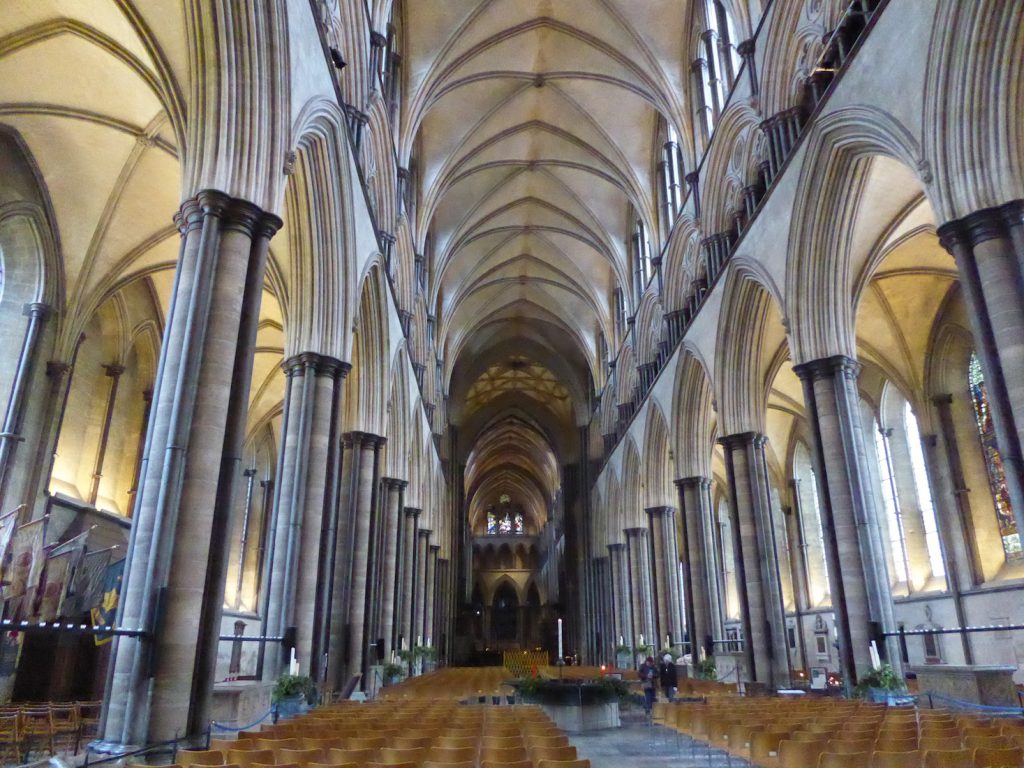
But I had no idea that having just agreed to go on a tour of the Cathedral tower with my friend, that I would end up standing directly below this centuries old, intricate spiders web. Thinking (or maybe we weren’t thinking!) we would just be climbing a few spiral, stone steps nothing could have prepared us for the astounding brilliance of what we were about to be shown.
Led by an amazingly knowledgeable guide (who I am sure must have been the lovely Jim Broadbent’s brother), we twisted round the first series of steps quickly realising that our ascent was only just beginning. Perhaps this was not such a good idea, a thought which was quelled by the view which we were treated to following a short walk along on a narrow passsage which led us out onto a gallery above the sanctuary.

Standing with my back against the wall (I actually don’t like heights!) I was none the less transfixed, it felt as if we had become part of the very fabric of the building, immersed within the centuries old genius and craftsmanship all around us.

Encouraged by our guide we gingerly turned round and behind us was a kaleidoscope of colour, tiny pieces of medieval glass intricately pieced together to tell its religious story, disappearing above us seemingly into infinity. But before we could deliberate too long over the wonders of its creation we were ushered on to the next Rapunzel tower of winding stairs.
Just as before, when eventually and mercifully the steps ended, we were led through another corridor and this time found ourselves above the domed ceiling of the cathedral.
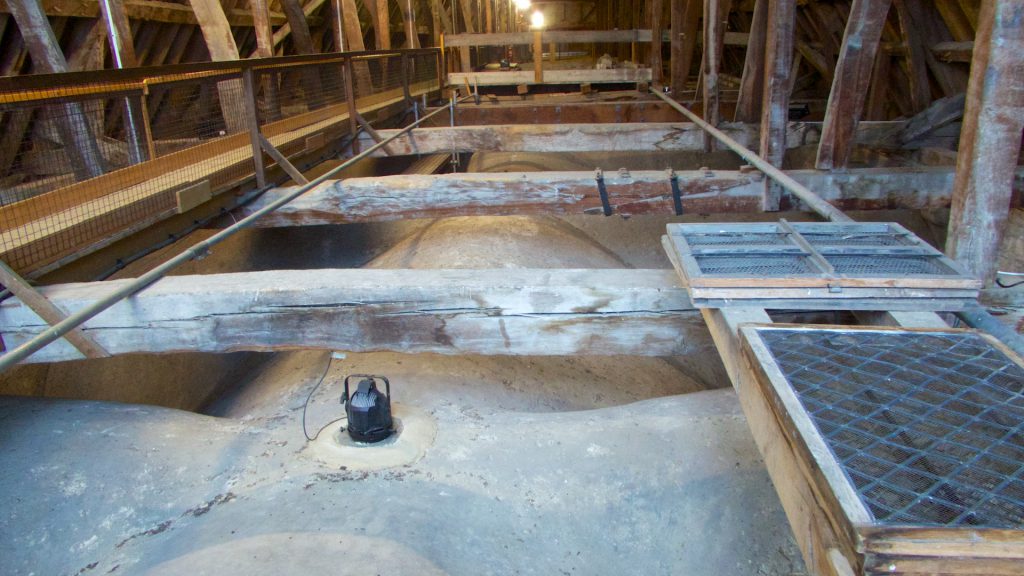
Once the lights were snapped on a tunnel of light revealed the cathedral’s intricate, perfectly formed timber framed roof directly above us, we were utterly mesmerized! The realization that all of this had been transported and assembled at these dizzy heights, by hand, with none of the equipment or engineering knowledge we have today AND the length of time that it had been there was almost too much to comprehend.
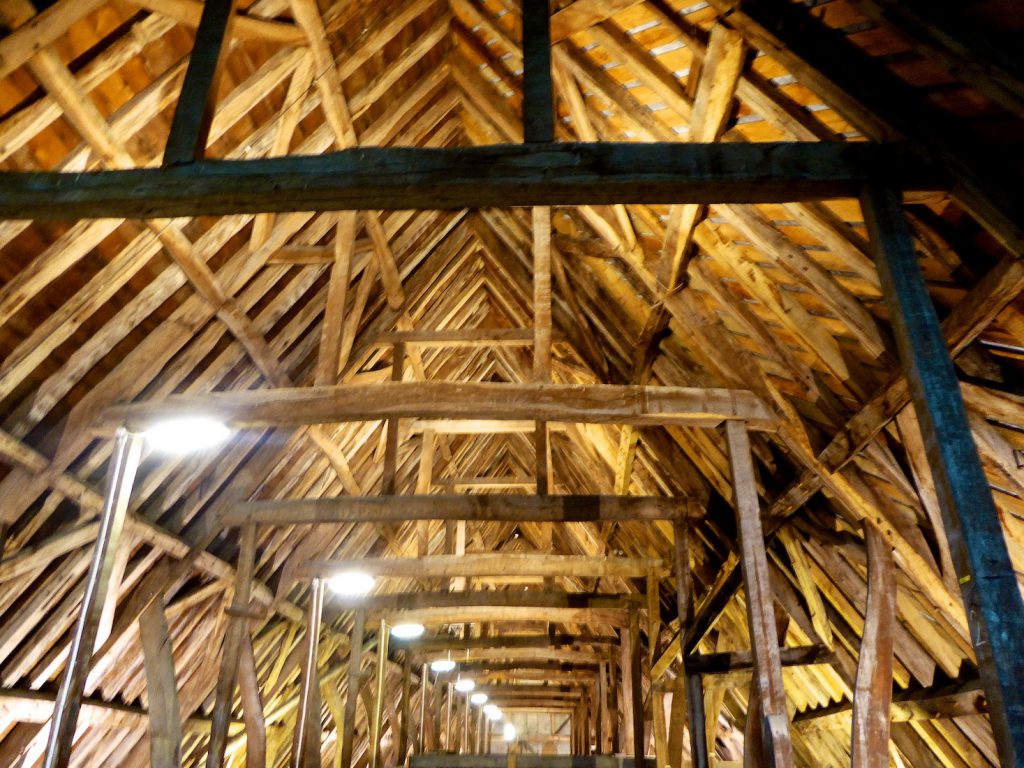
Incredulously we listened to the story of its construction humbled by the centuries old skill, marveling at the achievement. We were further inspired to learn that there are still people today studying the same stone mason and joinery skills, available to make repairs, albeit aided somewhat by the inventions of Edison and Black & Decker……

Utterly absorbed by our guide’s fascinating narrative, we followed him across the roof line into a further ‘chamber’ of spiraling medieval scaffolding.

On the way we passed window panes which astonishingly were covered in graphite. We were told that in the 1980’s the panes had been carefully removed and sold for five pounds each to raise money. Anyone who bought one could engrave whatever they chose knowing their window pane would be immortalised forever within the cathedral, it had raised thousands of pounds!!

After our next ascent we found ourselves ensconced in an open space where once again a lattice of scaffolding reached up high above our heads. Quietly standing in the far corner stood a perilous looking wooden structure ascending upwards. With a sinking heart we realized with dread that we were probably going to be expected to navigate it!
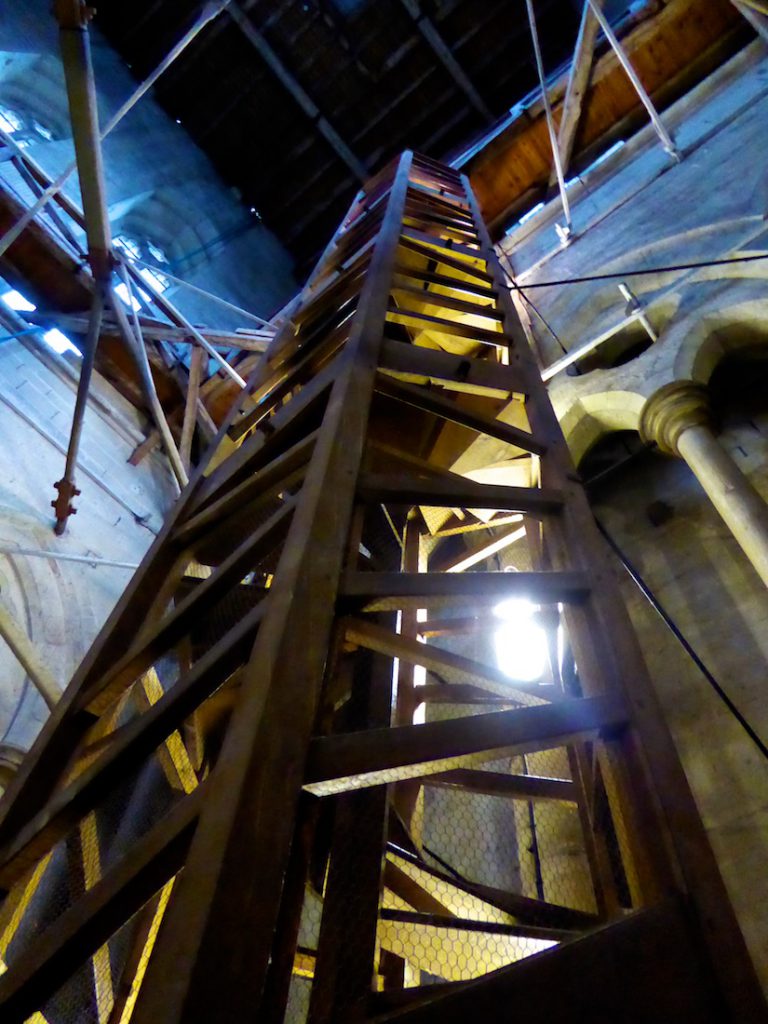
Now when I say I don’t like heights, I really don’t and yes I have been known to get a tad claustrophobic in confined places, so what on earth was I doing here?! I glanced at my trusted friend who also looked somewhat concerned but just as we were about to articulate our trepidation our guide had disappeared within the timbered tower of terror and with thumping hearts off we followed!
Gritting my teeth and tightly gripping the open wooden sides I forced myself not to look down and to concentrate on the sound of the brightly chattering narrative leading me upwards. And yes I was frightened but also enthralled…..

In truth it wasn’t as bad as it had seemed from the bottom, well not after we had reached the top, where once more we gasped in wonder, finding ourselves in a large and lofty space, phew…. we had reached our destination, the top of the tower.

But maybe not, for there in the corner sat yet another pylon of death defying steps and as I glanced at my intrepid friend, now looking a little bit pale, we both realised, deep joy, that our guide was once again vanishing among them…..

This time it was even more tense, but fairly confident that this had to be the last upwards ascent and refusing to think about the fact that what goes up has to come down, I pushed the prospect of negotiating the descent from my mind. At the top (yes we had made it) we found ourselves in a surprisingly large chamber and gazed in awestruck amazement at the sight above our heads.
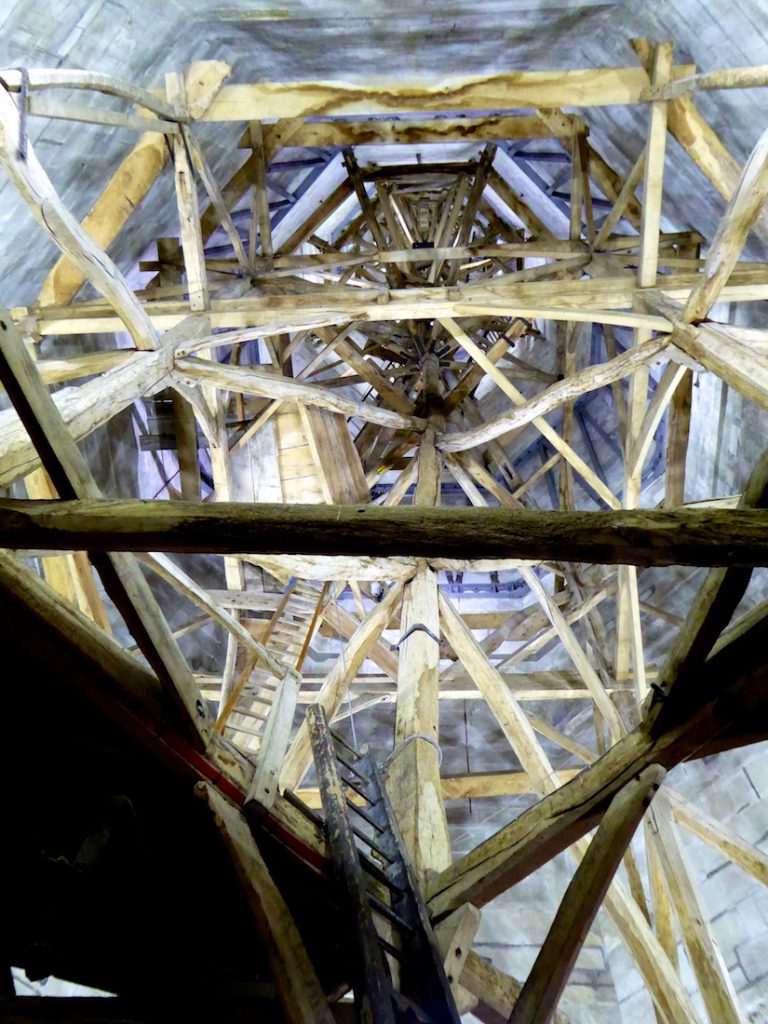
It was almost too much to believe, that this incredible feat of engineering was the age it was, that it had been achieved at all and so long ago and clearly constructed completely brilliantly, definitely brilliant, for it was still here!
Taking pride of place was a medieval windlass used to winch the stone and timber building materials, up to these dizzy heights. We were told that the windlass is one of just three which have survived in situ, the other two being in Peterborough Cathedral and Tewkesbury Abbey.
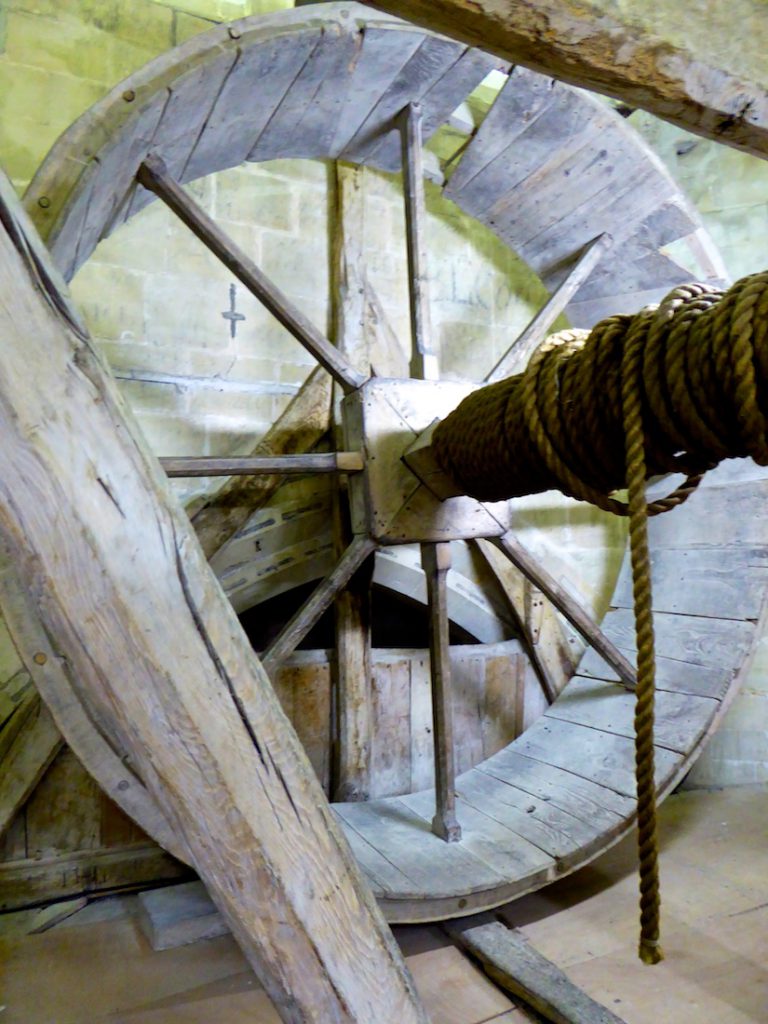
Once the various modifications over the centuries at the hands of other geniuses such as Sir Christopher Wren and subsequent Victorian engineers had been explained we were led out for the final thrill, the view from the top of the tower.

Quite frighteningly thrilling, it was utterly breathtaking. Old Sarum was pointed out to us, the small green mound in the far distance.

A close up of Old Sarum

And no, there wasn’t a lift down and yes, clearly we lived to tell the tale and to not regret any part of it. It actually felt like a privilege to have been able to see at such close quarters such mind blowing, centuries old talent!
Somewhat chuffed at our achievement, totally paltry compared to what we’d been admiring, we realised in amazement that our little adventure had lasted almost three hours! Arm in arm, like two over excited, puffed up school girls we went off to enjoy a very late lunch, wondering what scampers we might led each other into next time we went out to do some Christmas shopping!

Salisbury Cathedral is open year round and the Tower Tour is available most days click here to visit its website for details. An hour & half from London, not far from other famous sights like Stonehenge and the Roman city of Bath, it is a truly memorable place to visit. It is also home to another spectacular piece of English history, The Magna Carta, more about that next time, in the New Year, which I hope it is full of peace and joy for you all!

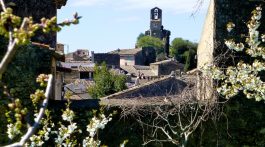

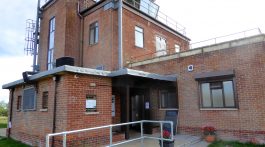

Fabulous! Thank you
So happy you liked it, it was quite the adventure!
What an adventure! Thanks for sharing the narrative and the photos!
It was amazing and so unexpected! Happy New Year!
What an unexpected and memorable tour, the views and history are fascinating , I can feel a trip coming on. Thanks for sharing.
Kate
Yes, we should go together next time I’m back you would LOVE it!!
Wow, Caroline…this is wonderful Hope to visit one day. Thanks for this great story and photos!
Thanks Julie, it was really special and most unexpected and yes you should definitely visit Salisbury Cathedral if you are in UK!
I just finished reading “Sarum” by Edward Rutherfurd, so naturally I went on the internet to puruse some of the places mentioned in the book. I came across your website. Awesome pictures and a great story of your visit to the Cathedral. Thanks!
Thanks you much for getting in touch Dian. Sarum is a great book, have you read any of his others? I hope you get a chance to visit the cathedral, it is almost like stepping into the book and also made me think of Ken Follett’s ‘Pilliars of the Earth’, another masterly epic if you haven’t already discovered it I would highly recommend it too! Salisbury Cathedral is also the home to the Magna Carta which will be my next post, hope you enjoy that too!!!
Hi–Is it possible to use two of your photos –one from above the ceiling and the climb up the wooden stairway–for an article I’m writing on Medium? I took the tour and it was so marvelous, but I also had vertigo in places, and also could not believe how it all looked above the actual ceiling–wood braces! I would link to this post of yours, of course. I’m in NY.
Kind regards,
Regina Clarke
Hi Regina
If you could screenshot the exact photos I’ll send the originals to you with my copyright on them as I’m not entirely sure which ones you mean. Glad you liked the article
Best Caroline